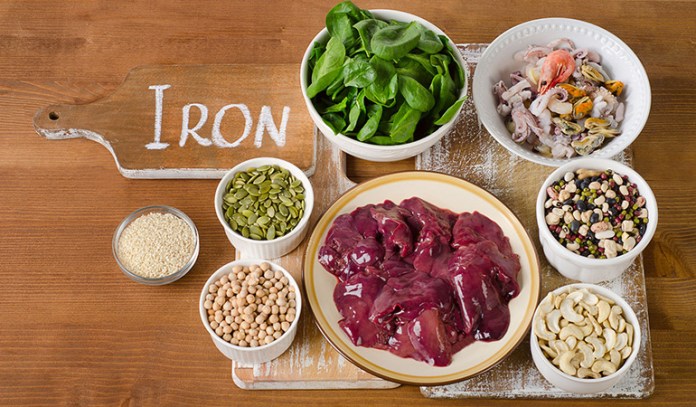What’s the difference between shallots and onions? At first, a shallot seems like a small onion. And while they are related, they’re not the same thing.
Some recipes call for shallots, and others call for onions. You might even like both but not know which is better.
Before playing favorites, learn about each one. Shallots and onions are more different than you think.
1. Taste

Onions are known for their sharp flavor. If you’re not into it, try shallots. They’re milder than onions, making them easier on the taste buds.
Shallots work best in raw meals. Because they’re so mild, they become flavorless when cooked. Try them in cold salads or pasta.
Onions, on the other hand, are perfect for cooking. The flavor will tone down – not disappear.
2. Caloric Intake

Shallots contain more calories. For example, you’ll get 72 calories in 100 grams of shallots.1 In the same serving of onions, you’ll get 40 calories.2
If you’re trying to lose weight, keep this in mind. Avoiding shallots can help lower caloric intake in a small yet significant way.
However, compared to other foods, shallots and onions are low in calories.
3. Diabetes Management

Are you a pre-diabetic? Do you have type-1 or type-2 diabetes? If you answered yes, shallots will help manage your condition.
According to the Pakistan Journal of Pharmaceutical Sciences, shallots improve hyperglycemia. It’s all thanks to the antioxidant ability of plant chemicals called phenols. Diallyl disulfide – a compound found in garlic – also helps.3
Onions have the same effect. Aside from boosting insulin secretion, they regulate enzymes that control blood glucose. It’s even used as a natural treatment for type-2 diabetes.4
Even if you don’t have diabetes, consider eating shallots and onions. They’ll regulate your blood glucose levels and lower your risk.
4. Calcium

Dairy isn’t the only source of calcium. Shallots have 37 mg per 100 g – a small amount.5 Onions have 23 mg in every 100 g.6
Shallots and onions aren’t major sources, but they can boost your intake.
5. Iron

Shallots have five times more iron than onions. In 100 g of shallots, you’ll get 1.2 mg.7 The same serving of onions only has 0.21 mg.8
6. Potassium

Compared to onions, shallots have more than twice the amount of potassium. A 100 g serving of shallots contains 334 mg.9 Meanwhile, 100 g of onions have 146 mg.10
7. Vitamin C

When it comes to vitamin C, shallots and onions are neck-to-neck. A 100 g serving of shallots has 8 g.11 As for onions? The same serving has 7.4 g.12
They aren’t rich sources, but they’ll contribute to your intake.
8. Sodium

Trying to limit sodium? Watch out for shallots. You’ll get 12 mg in 100 g, but only 4 mg in 100 g of onions.13 14
The difference is small, but keep it in mind. Yet, compared to most foods, both veggies are extremely low in sodium.
9. Cholesterol

Both shallots and onions are cholesterol-free foods. This is great news if you’re trying to watch your lipid levels. If your cholesterol gets too high, you’ll be at a risk of stroke, heart attack, and heart disease.15
The Final Verdict
The best one depends on what you’re looking for. As you can see, both have their own health benefits. Pick the one that fits your needs and taste buds.
References





